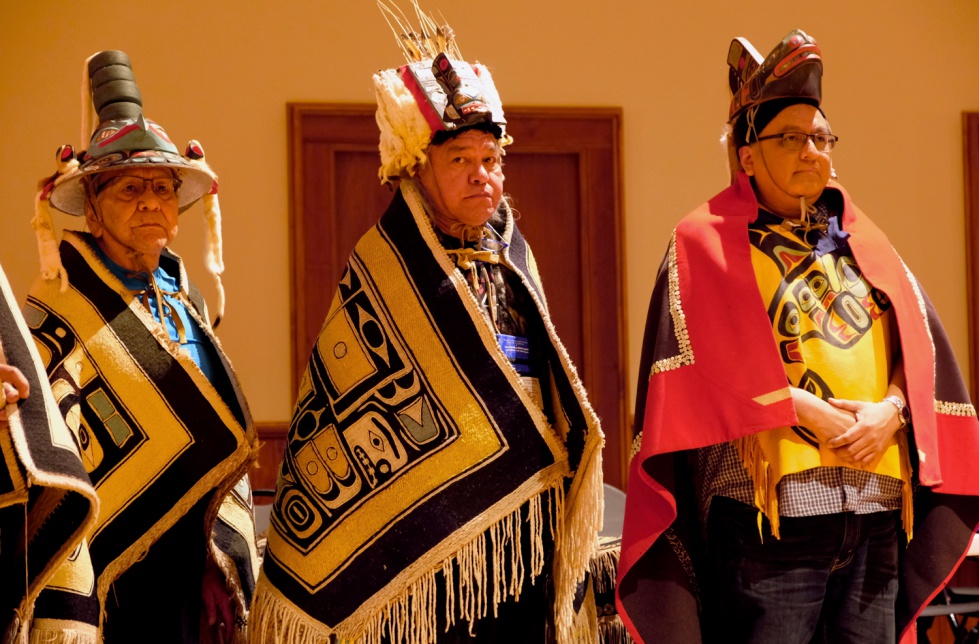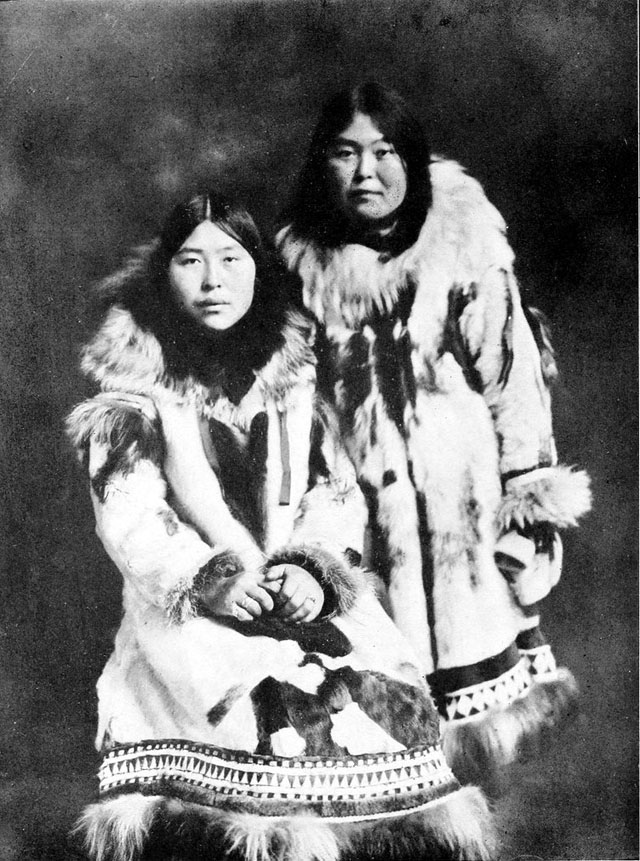A Tapestry of Resilience: Exploring Alaska’s Native Tribes
A Tapestry of Resilience: Exploring Alaska’s Native Tribes

Alaska, the largest state in the United States, is not only a land of breathtaking landscapes and rugged beauty but also a vibrant cultural mosaic woven by its diverse Native tribes. For millennia, these indigenous peoples have thrived in this challenging yet rewarding environment, adapting to its unique challenges and fostering a rich tapestry of traditions, languages, and ways of life. This article delves into the history, culture, and challenges faced by Alaska’s Native tribes, shedding light on their enduring spirit and the importance of preserving their heritage.
A Legacy of Resilience: The Arrival of the First People
Related Articles: A Tapestry of Resilience: Exploring Alaska’s Native Tribes
- Unveiling the Untamed Apache Territory: Explore the Wild Heart of the Southwest
- Unveiling the Beauty: Top Endearing Native Female Names from Down Under
- Unveiling the Post-Colonial Indigenous Hunting Legacy: A Journey into Tradition and Resilience
- Discover the Origin: Navajos’ Ancestral Land!
- Apache Art: Vibrant Tapestry of Indigenous Spirit
The history of Alaska’s Native tribes stretches back thousands of years, predating the arrival of European explorers. Archaeological evidence suggests that the first inhabitants arrived from Asia via the Bering Land Bridge, a landmass that once connected Siberia and Alaska. Over time, these early settlers diversified into distinct cultural groups, each adapting to the specific environment they inhabited.
The vastness and diversity of Alaska’s landscape fostered a wide range of cultural adaptations. The coastal tribes, such as the Tlingit, Haida, and Tsimshian, relied heavily on fishing and maritime resources. They developed intricate social structures, elaborate art forms, and impressive woodworking skills, reflected in their totem poles and intricately carved canoes.
In the interior, tribes like the Athabaskan peoples, including the Gwich’in, Koyukon, and Tanana, relied on hunting and trapping, adapting to the harsh winters and abundant wildlife. They developed sophisticated knowledge of the land, navigating vast distances and understanding the intricate relationships within the ecosystem.
The Aleut people, inhabiting the Aleutian Islands, relied on a unique maritime culture, developing innovative hunting techniques and crafting waterproof boats called kayaks. Their culture is rich in traditional storytelling, music, and dance, passed down through generations.
A Tapestry of Cultures: Exploring the Diversity of Alaska’s Native Tribes
Alaska’s Native tribes are not a monolithic entity; they represent a diverse array of cultures, languages, and traditions. While recognizing their shared heritage as indigenous peoples, it’s crucial to understand the unique characteristics that define each tribe.
The Tlingit: Known for their intricate totem poles, the Tlingit people inhabit the southeastern region of Alaska. Their culture is deeply rooted in clan systems, with each clan possessing its own unique crest and stories. The Tlingit are renowned for their art, including basketry, weaving, and carving, which often depict their rich mythology and spiritual beliefs.
The Haida: Sharing a similar cultural heritage with the Tlingit, the Haida people reside in the southeastern panhandle of Alaska and British Columbia. They are known for their exceptional craftsmanship, particularly in wood carving, and their distinctive art style, characterized by bold lines and intricate designs. The Haida language is a vibrant part of their cultural identity, and their stories and legends are passed down through generations.

The Tsimshian: Another coastal tribe, the Tsimshian people inhabit the northern coast of British Columbia and southeastern Alaska. They are renowned for their elaborate potlatch ceremonies, which are celebrations of wealth and status, often accompanied by intricate dances, songs, and storytelling. Their artistic traditions include weaving, carving, and metalwork, reflecting their connection to the sea and their reverence for nature.
The Athabaskan Peoples: The Athabaskan peoples, the largest Native group in Alaska, occupy a vast territory across the interior. They are known for their resilience and adaptability, having developed diverse subsistence practices and social structures to thrive in the challenging environment. The Athabaskan language family encompasses numerous dialects, each with its own unique vocabulary and grammar.
The Inupiat: Inhabiting the northernmost regions of Alaska, the Inupiat people are closely connected to the Arctic environment. Their culture revolves around hunting and fishing, particularly for walrus, seal, and caribou. They are known for their intricate ivory carving, their unique storytelling traditions, and their profound respect for the natural world.
The Yup’ik: The Yup’ik people, residing in southwestern Alaska, are known for their rich cultural traditions, including their distinctive dance, music, and storytelling. They are skilled hunters and fishermen, utilizing traditional techniques to harvest resources from the land and sea. Their artistic expression is evident in their intricate basketry, carvings, and beadwork.
Challenges and Resilience: The Fight for Self-Determination

Despite their rich cultural heritage and enduring spirit, Alaska’s Native tribes have faced numerous challenges throughout history. The arrival of European colonists brought with it a wave of displacement, disease, and cultural suppression. The forced assimilation policies of the late 19th and early 20th centuries aimed to erase Native traditions and languages, leading to a decline in cultural practices and a loss of ancestral knowledge.
However, Alaska’s Native tribes have proven resilient, fighting for their rights and preserving their cultural heritage. The Alaska Native Claims Settlement Act (ANCSA) of 1971 marked a significant milestone in the fight for self-determination. This landmark legislation granted Alaska Natives ownership of millions of acres of land and financial compensation, empowering them to manage their resources and pursue economic development.
Despite the progress made through ANCSA, challenges remain. The fight for recognition of tribal sovereignty, the preservation of traditional languages, and the protection of sacred sites continues. The issue of climate change poses a significant threat to Alaska’s Native communities, impacting their traditional way of life and threatening their access to vital resources.
Preserving Cultural Heritage: The Importance of Education and Awareness
The preservation of Alaska’s Native cultures is not only a matter of respecting their historical contributions but also ensuring the continuity of their vibrant traditions and languages. Education plays a crucial role in fostering understanding and appreciation for Native cultures.

Schools are increasingly incorporating Native history and perspectives into their curriculum, teaching students about the rich cultural heritage of Alaska’s indigenous peoples. Museums and cultural centers showcase Native art, artifacts, and stories, providing valuable insights into their traditions and beliefs.
Public awareness campaigns and community events highlight the importance of cultural preservation and promote understanding between different communities. By supporting Native-led initiatives, promoting cultural exchange, and respecting the rights of indigenous peoples, we can contribute to the continued resilience and flourishing of Alaska’s Native tribes.
FAQs about Alaska Native Tribes
1. How many Native tribes are there in Alaska?
There are over 200 recognized Native tribes in Alaska, representing a diverse array of cultures and languages.
2. What is the largest Native tribe in Alaska?
The Athabaskan peoples, encompassing numerous subgroups, are the largest Native group in Alaska.
3. What is the Alaska Native Claims Settlement Act (ANCSA)?
ANCSA is a landmark legislation passed in 1971 that granted Alaska Natives ownership of millions of acres of land and financial compensation, empowering them to manage their resources and pursue economic development.
4. What are some of the challenges faced by Alaska Native tribes today?
Modern challenges include the preservation of traditional languages, the protection of sacred sites, and the impacts of climate change on their traditional way of life.
5. How can I learn more about Alaska Native cultures?
Visit museums and cultural centers, attend community events, and engage with educational resources to gain a deeper understanding of Alaska’s Native heritage.
6. What is the significance of totem poles in Alaska Native culture?
Totem poles are a prominent feature of Tlingit and Haida culture, representing clan crests, stories, and spiritual beliefs. They serve as a visual representation of their history and identity.
7. What is the importance of preserving Native languages?
Preserving Native languages is crucial for maintaining cultural identity, transmitting knowledge, and fostering a sense of community.
8. How can I support Alaska Native tribes?
Support Native-led initiatives, promote cultural exchange, and advocate for policies that respect their rights and traditions.
Conclusion
Alaska’s Native tribes represent a vital part of the state’s history, culture, and identity. Their resilience, adaptability, and profound connection to the land have shaped the landscape and the lives of all Alaskans. By recognizing their contributions, embracing their diversity, and supporting their efforts to preserve their heritage, we can ensure that the rich tapestry of Alaska’s Native cultures continues to thrive for generations to come.

Closure
Thus, we hope this article has provided valuable insights into A Tapestry of Resilience: Exploring Alaska’s Native Tribes. We hope you find this article informative and beneficial. See you in our next article!